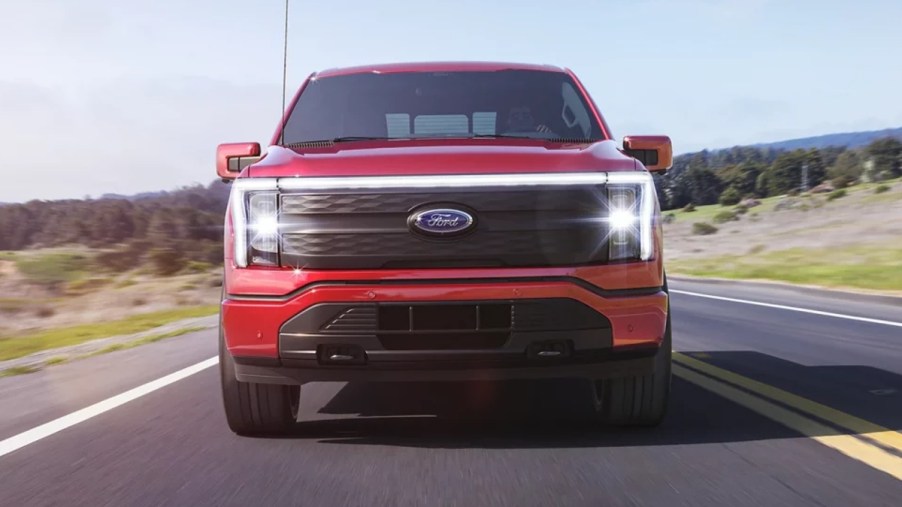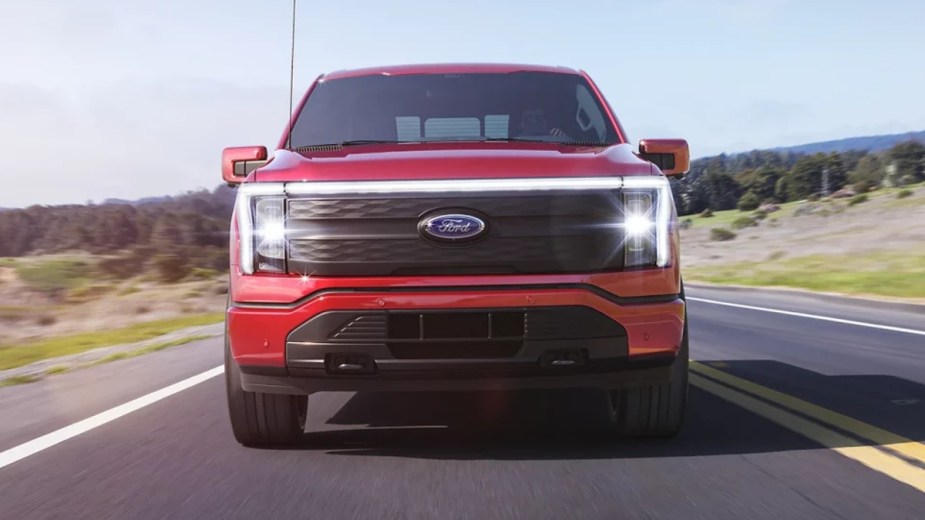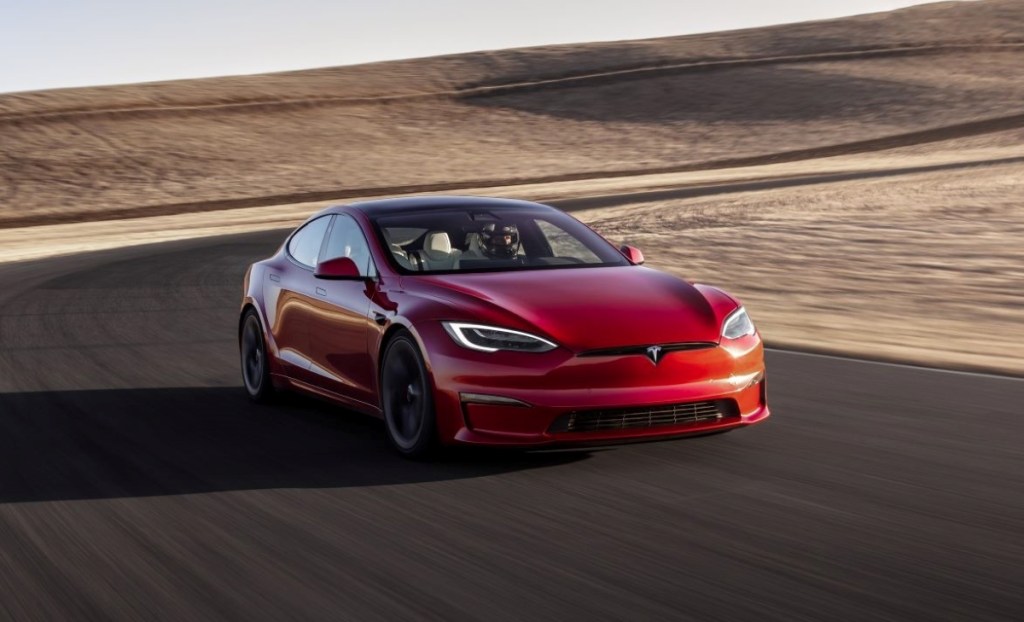
Electric Road in Detroit Will Charge an EV as You Drive
Two of the most significant challenges for EVs are charging and electric driving range. It takes a long time to charge an electric vehicle, especially compared to filling up the tank with fuel in a gas-powered car. Also, most electric vehicles have a lower driving range than gas-powered cars. However, EV charging technology is rapidly advancing — and a new technology could be a game-changer. A prototype electric road in Detroit will charge an EV as you drive.
Detroit electric road will be the first one in the United States

Other countries started test programs for electric roads. However, the electric road in Detroit will be the first one in the United States, as reported by Axios. Testing for the Detroit electric road will begin in 2023. The electric road, which is about a mile long, will enable “EVs to charge whether they’re stopped or moving.”
Electreon Wireless will build the electric road in Detroit’s Michigan Central district. The Israeli company is already testing multiple electric roads in Europe. It has test programs in Italy, Sweden, and Germany, and “will soon launch a plug-free charging network for 200 public buses in Tel Aviv, Israel.” The State of Michigan will “contribute $1.9 million toward the project,” with support from “Ford Motor, DTE, and the city of Detroit.”
Electreon Wireless has the biggest market share for “dynamic wireless charging.” However, according to Meticulous Research, there are multiple U.S. companies that aim to capture market share. This includes WiTricity, Momentum Wireless Power, WAVE, Mojo Mobility, Plugless Power, and HEVO. The research firm also estimates that wireless EV charging will grow to “$827 million worldwide by 2027.”
How do electric roads work?

Electric roads work by using a wireless, or inductive, EV charging system. The system uses “magnetic frequency to transfer power from coils buried underground to a receiver pad” that’s located at the bottom of an electric car. While driving, an EV with wireless charging capabilities can draw energy from the electric road. For all other cars, the electric road functions as an ordinary road.
Also, the wireless EV charging technology can be applied to a parking spot. An electric vehicle can drive into a parking spot “with an underground charging pad and add electricity the same way a smartphone charges wirelessly.”
What are the advantages and benefits of electric roads?
The wireless charging technology in electric roads has multiple advantages over plug-in charging technology. This includes:
- With an electric road, instead of waiting a long time for an EV to be charged at a charging station, a car can be charged as it drives.
- EVs can use smaller batteries.
- Operators won’t need to remove taxis, buses, and other fleet vehicles from service for charging.
- Wireless charging in electric roads is also beneficial for autonomous vehicles, for a human operator won’t be necessary to charge an EV.
The only major disadvantage for EV wireless charging is cost. Meticulous Research estimates that an EV wireless charging feature “can add $3,000 to $4,000” to the price of an electric vehicle. The research firm also notes that this feature would likely be available through a monthly subscription.
Considering that the long charging time and low driving range are two of the biggest disadvantages of electric vehicles compared to gas-powered cars, electric roads could be a huge difference-maker. Imagine driving an EV on an electric road, never having to charge your car or worry about it running out of battery power.
This article was updated on 7/22/2022.


